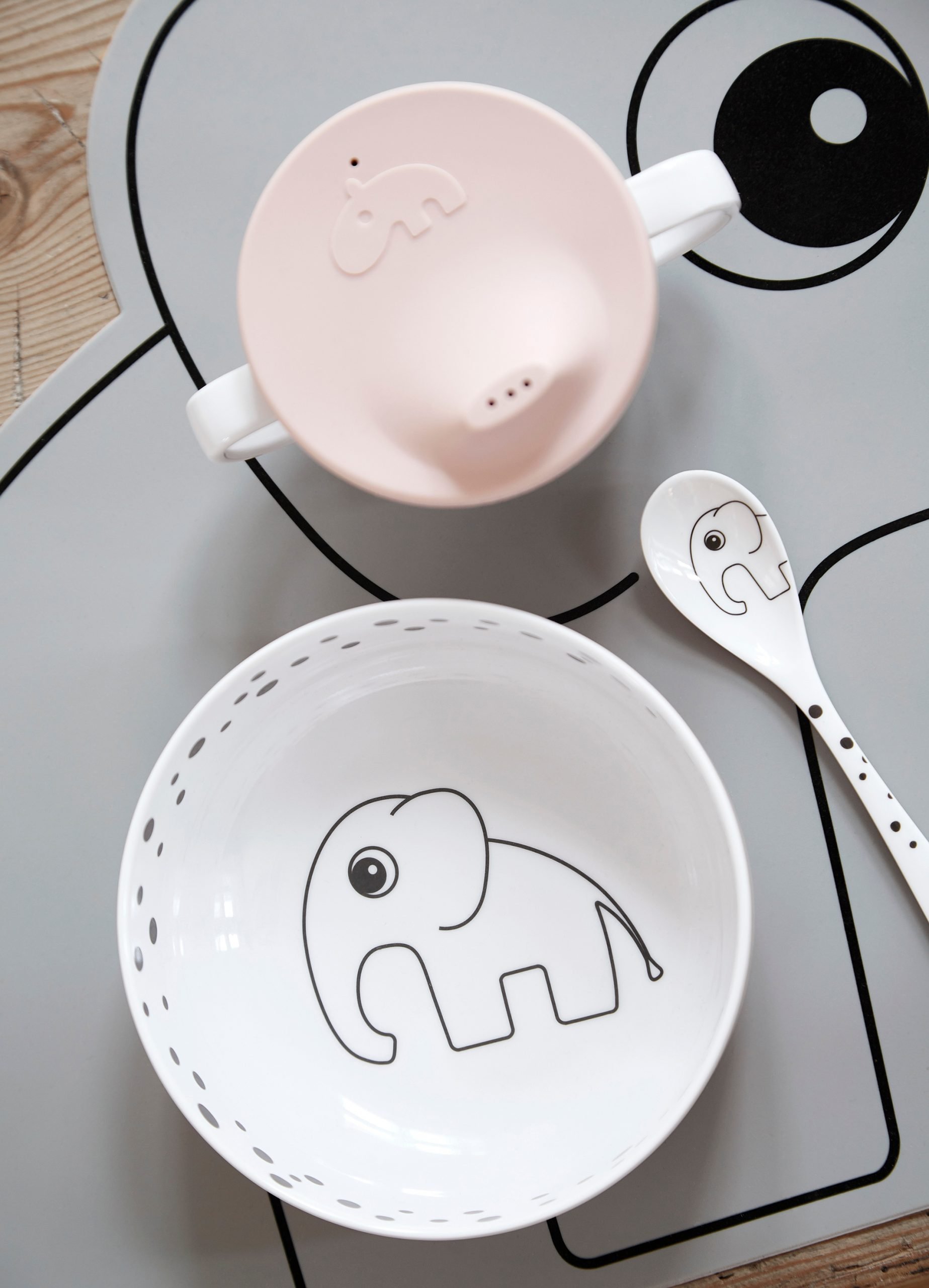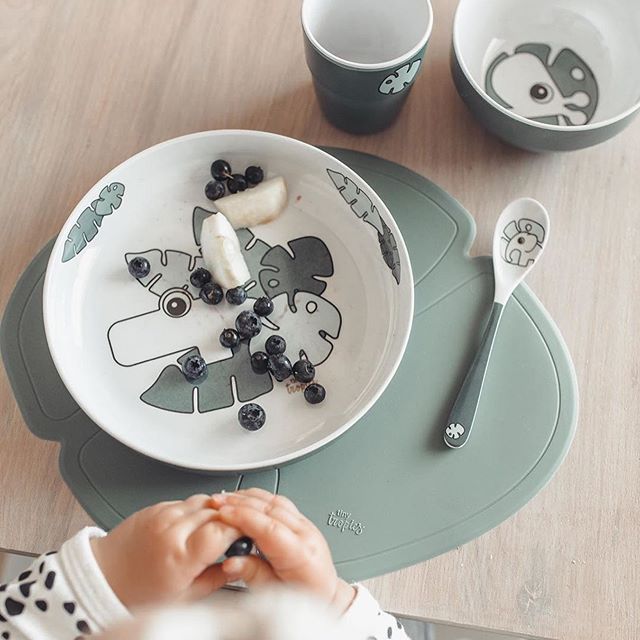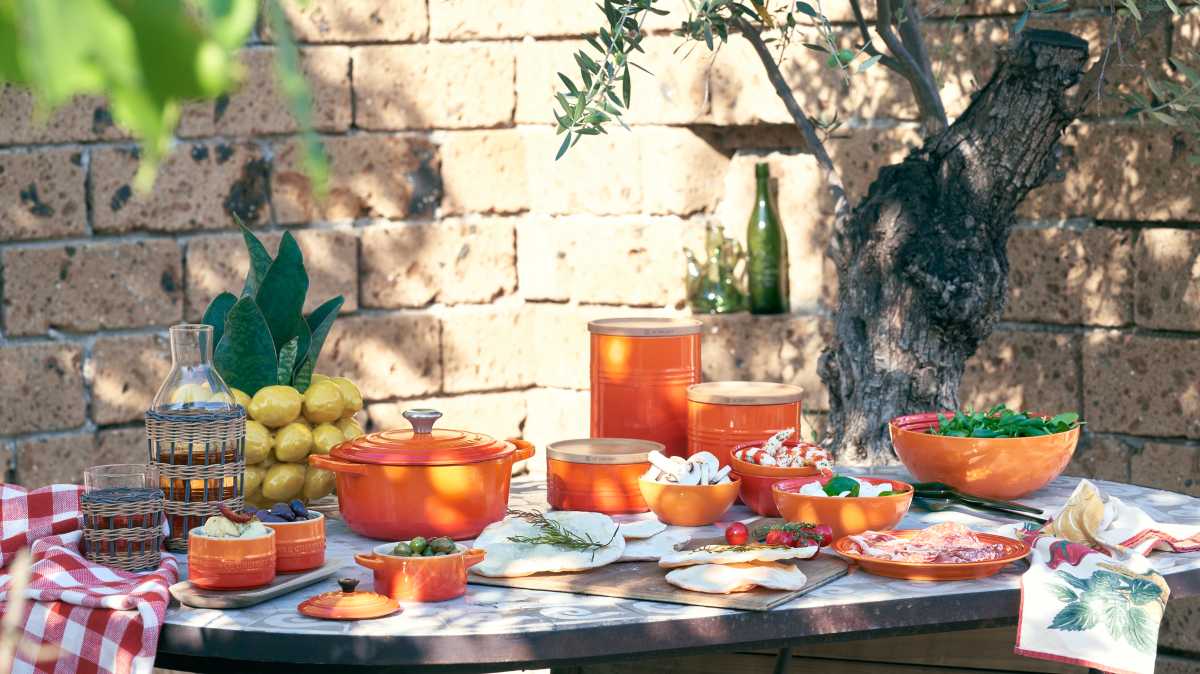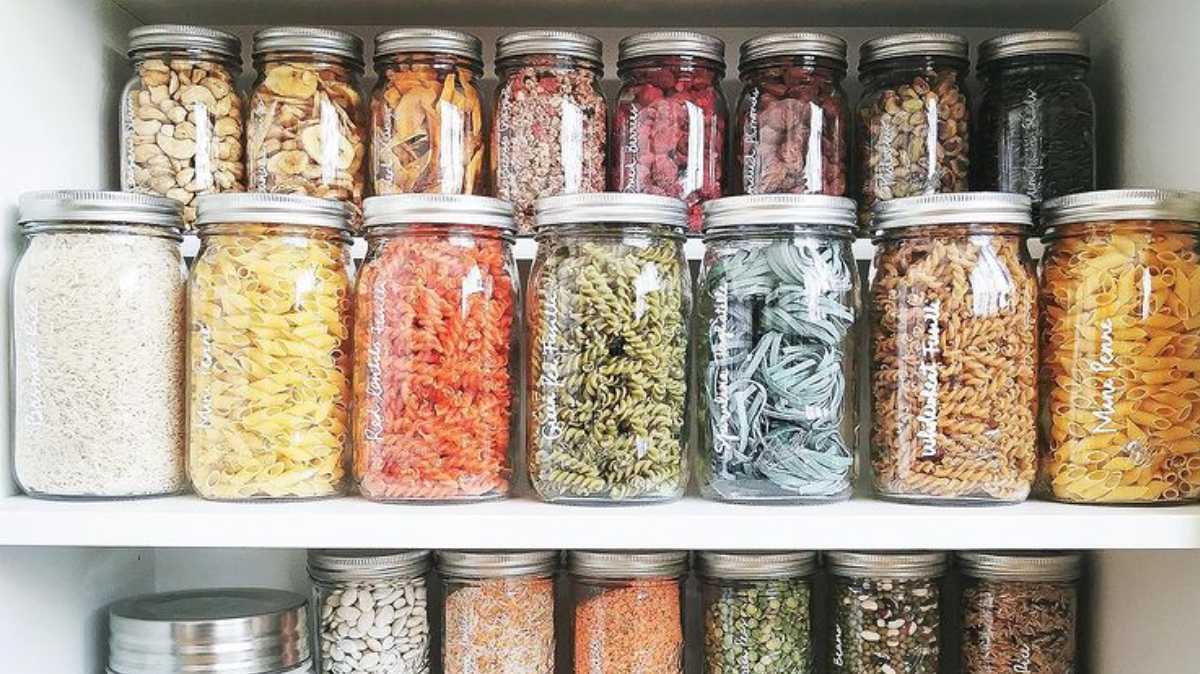One of the most exciting milestones your baby will hit is moving from milk to solid food. While this is a proud moment, the process can also be stressful and a little scary as you manage their likes and dislikes and try to figure out any possible allergies. With so many ways to approach weaning and so many plates to catch and floors to clean as the food starts flying everywhere, the topic can feel overwhelming. So, to calm your nerves and give you an overview of the topic and what you’ll need, here’s a quick guide to weaning.
#1 What is weaning?
Weaning, also called complementary feeding, is when you start to introduce solid foods into your baby’s diet as well as milk. Introduced alongside their usual routine with milk, weaning is the process of slowly introducing different foods, flavours and textures into their diet to get them used to eating and handling food.
#2 Why is it important?
Weaning is important as it helps babies learn how to handle food. It slowly teaches them how to move food around their mouth, chew and swallow so they can begin to handle bigger bites and harder food. Weaning is also really beneficial for your baby’s speech development as it helps improve their control of their mouth and tongue, skills that are needed for making different sounds and slowly starting to learn to talk.
6-month-old babies start to run low on certain nutrients, like iron, so it’s important to begin introducing food to get their vitamin and nutrient levels up.
#3 When should you start weaning?
For the question of when to start weaning, there’s truly no right answer as it varies from baby to baby. Though old generations might tell you to start as early as possible, ideally weaning should only begin around the six-month mark. However, let your baby lead, their progress is completely unique to them.
#4 How to know when my baby is ready to start weaning?
To start weaning your baby needs to:
- Be able to sit up and hold their head stable.
- Be able to co-ordinate their hands, eyes and mouth, so they should be able to look at a toy and pick it up and bring it to their mouth.
- Hold food in their mouth without immediately pushing it out with their tongue. You can give this a test with some mashed food when you think they’re ready.
#5 Weaning advice from a Mum
We spoke to our Home Buying Manager Jen about the experience weaning her little one, Olivia:
I started weaning Olivia at around 5 months, this is a little on the early side but as she had been sitting up by herself for a good few weeks I felt she was ready. I started with some blended purees such as pear, sweet potato and spinach for a variety of flavours. It was lovely to see the different (some not impressed!) faces she pulled at having tried something new for the first time.
We then did a new taste every day for 2 weeks before advancing to lumpier food such as mashed potato, (now a firm favourite) flaked fish and some finger food such as avocado or toast fingers.
I would say I definitely felt out of my depth at the beginning and was really scared she would choke. You have to learn to relax though and take it at your own pace and listen to your baby. Be prepared for A LOT of mess on the floor, and don’t be disheartened if you cook something lovely for you baby and it gets spat out or thrown on the floor. Its all part of their learning.
Look out for bowls that are a good grip – so they don’t get thrown on the floor, and a sippy cup with handles to help them pick it up easily. Have fun with it – I found weaning to be one of the most fun and rewarding times.

#6 What you’ll need when you start weaning
Weaning is messy. Chances are a lot of baby food is going to end up on the floor or all over you and your little one, so supplies are essential. For weaning you’ll need:
- A highchair to keep them upright while eating.
- A cup – Introducing a cup inside of a bottle is a great addition to weaning as it helps with their co-ordination.
- Spoons – If you decide to spoon-feed your baby, some soft spoons are needed. Made of either rubber or plastic, weaning spoons shouldn’t be too harsh on your baby’s gums.









